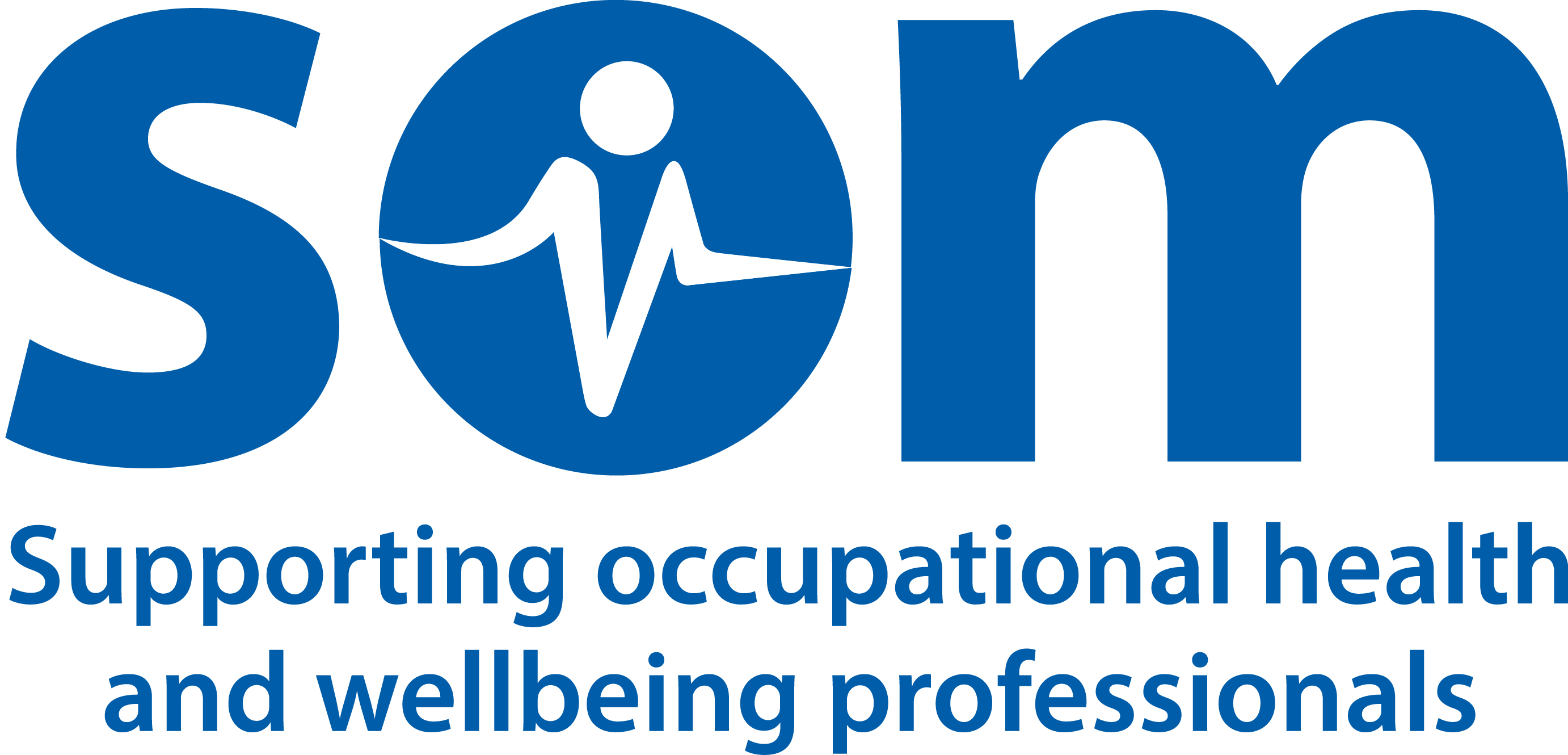
Experts have said that given the lack of evidence available on the COVID-19 virus a precautionary approach should be followed, with the adoption of good occupational hygiene principles to protect workers. In order to do this a higher level of respiratory protective equipment should be provided to healthcare workers according to a new editorial published today in Occupational Medicine Journal.
Professor John Cherrie, Dr Miranda Loh and Rob Aitken from the Institute of Occupational Medicine (IOM) have said that when a person with COVID-19 coughs or sneezes there will be a spray of droplets and aerosol containing the virus particles emitted into the air. The larger droplets are likely to fall rapidly onto surfaces, but the smaller aerosol droplets can remain airborne for extended periods.
The World Health Organization (WHO) state that aerosol transmission is only possible in a narrow range of aerosol generating procedures and that in other healthcare situations staff will be protected by surgical masks. However, the authors highlight that due to a lack of evidence we have little idea of the actual concentrations of COVID-19 virus on surfaces or in the air, so we have a limited understanding on the importance of the routes of transmission.
Studies that have been undertaken have indicated that the COVID-19 virus may be present in the air in hospitals, but the authors are concerned that we don’t have evidence to indicate how the concentration differs in different situations and with specific tasks that are performed in medical environments. There is also a lack of information on the inhaled dose of virus that is required to cause infection, which could be a very low amount.
The authors advise that: “Given the lack of evidence the most sensible strategy is to follow a precautionary approach and adopt good occupational hygiene principles.”
In addition the experts highlight that personal protective equipment (PPE) should only be used as a control measure where adequate control of exposure cannot be achieved by other means. This means there should be an emphasis on designing and operating activities to minimise the emission, release and spread of the virus. They note that “there seems to be little attempt to do this in healthcare settings, although in principle there is no reason why this could not be done.”
Evidence suggests that surgical masks are not an adequate form of protection compared to filtering facepiece respirators (FFR) such as the FFP3 mask, for those working in health and social care settings. The authors state: “our research with fine dust suggests that wearing a surgical mask might on average reduce aerosol concentrations by about 70% but FFRs should on average reduce concentrations inhaled by more than 95%.”
There is an even greater form of protection: reusable powered air purifying respirators. These are used by workers who are undertaking tasks such as welding and working around hazards like asbestos. It is likely that this form of respiratory protective equipment would reduce aerosol concentration by more than 99.9%. The experts believe that healthcare workers who are undertaking aerosol generating procedures such as intubation should be provided with and trained to use these respirators.
They conclude: “We have no doubt, if we were sending our loved ones into an Intensive Care Unit to undertake an aerosol generating procedure then we would want them to have the best protection possible.”
Article by Dr Yvette Martyn
The editorial is available here. Read the full press release here.

